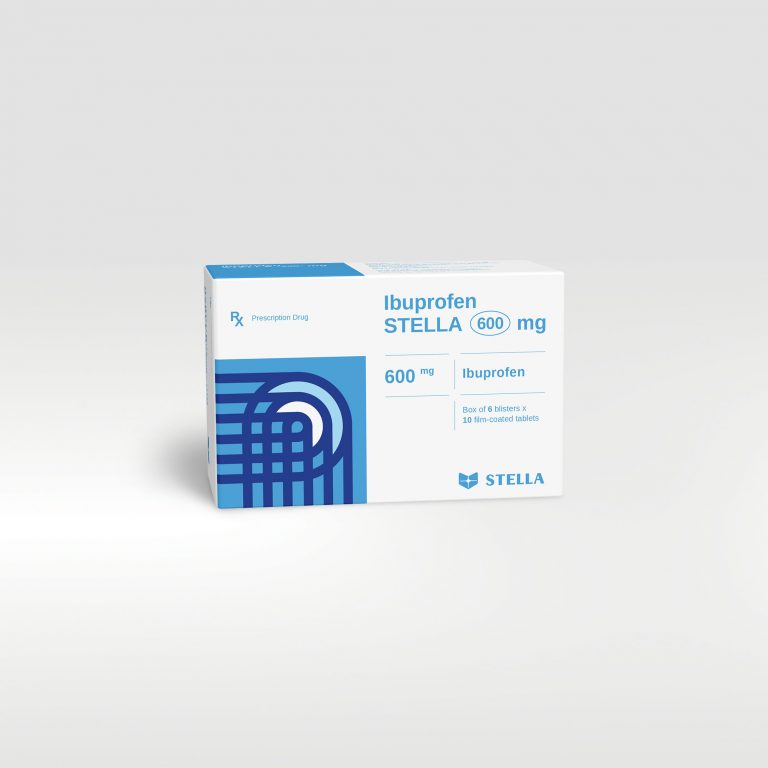Indications
- Symptomatic treatment of osteoarthritis (OA) and rheumatoid arthritis (RA).
- Relief the signs and symptoms of juvenile idiopathic arthritis (JIA) in patients ≥ 2 years of age weighing ≥ 10 kg.
- Relief the signs and symptoms of ankylosing spondylitis.
- Management of acute pain.
- Treatment of primary dysmenorrhoea.
Dosage
Adults
- Symptomatic treatment of osteoarthritis (OA): 200 mg as a single dose or as 100 mg twice daily.
- Symptomatic treatment of rheumatoid arthritis (RA): 100 mg or 200 mg twice daily.
- Ankylosing spondylitis (AS): 200 mg as a single dose or 100 mg twice daily, a total daily dose can be 400 mg.
- Management of acute pain; treatment of primary dysmenorrhoea: Initial dose is 400 mg, followed by an additional 200 mg dose, if needed on the first day. On subsequent days, 200 mg twice daily as needed.
Children 2 years of age and older
Juvenile idiopathic arthritis (JIA)
- Children weighing 10 – 25 kg: 50 mg, twice daily.
- Children weighing > 25 kg: 100 mg, twice daily.
CYP2C9 poor metabolisers
- Consider reducing the dose to half the lowest recommended dose.
Co-administration with fluconazole
- A half the recommended dose.
Usage
- Stadloric 200 is orally administered with or without food.
- For patients who have difficulty swallowing capsules, the contents of a celecoxib capsule can be added to applesauce, rice gruel, yogurt or mashed banana. To do so, the entire capsule contents must be carefully emptied onto a level teaspoon of room temperature applesauce, rice gruel, yogurt or mashed banana and should be ingested immediately with water.













